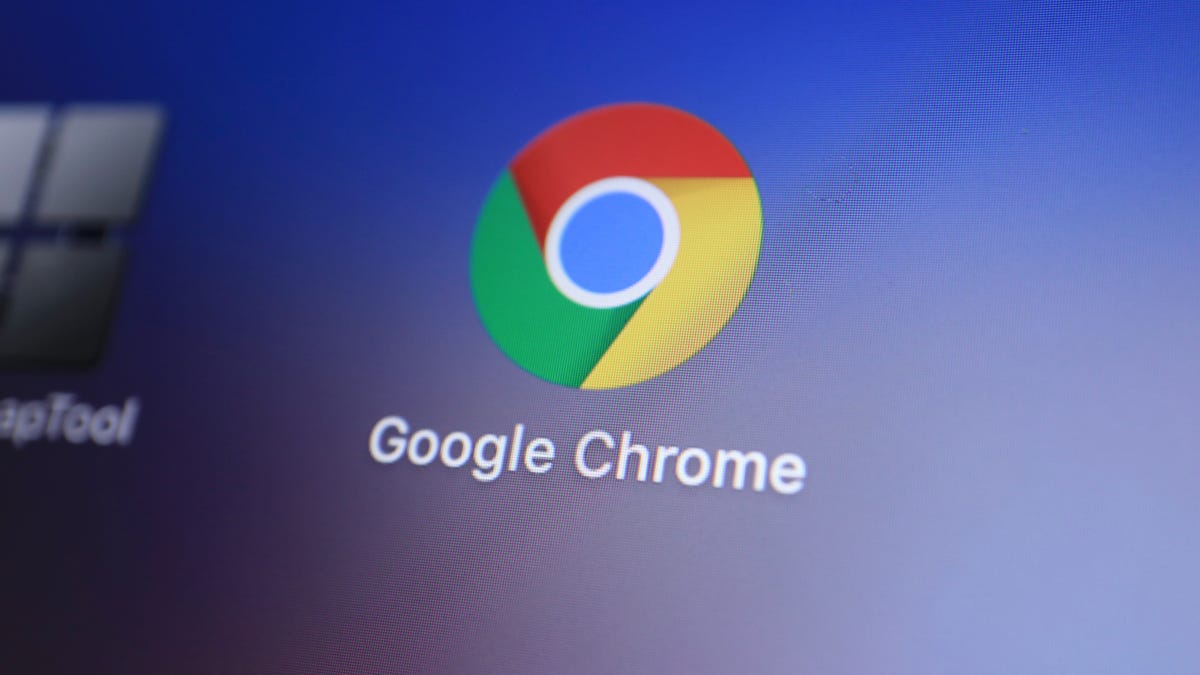
Google on Thursday shared a few ways it’s using machine learning to improve the Chrome browser, including reducing the number of annoying notifications that pop up. All of the latest updates are all powered by on-device machine learning models, so user data doesn’t have to leave the device.
For a less disruptive web browsing experience, Google is using ML to determine when a user may want to interact with a notification permission prompt. In the next release of Chrome, the browser will use an on-device model to predict how a person is likely to respond to a permission prompt. If the user is likely to reject it, the browser will silence it. The prediction is based on how the user previously interacted with similar permission prompts.
Google also noted that in March, it used ML to improve Safe Browsing in Chrome, which shows warnings when people try to navigate to dangerous sites or download dangerous files. The feature’s new ML model identifies 2.5X more potentially malicious sites and phishing attacks as the previous model.
Google is also using ML to create a dynamic Chrome toolbar, with tools that change in real time in anticipation of your needs. For instance, if you’re in a situation where you may want to use the touchscreen to share a link, the share icon will be featured in the toolbar. If you’re more likely to be using voice search on Chrome, the toolbar will highlight the voice search tool. The toolbar will still be manually customizable.

























